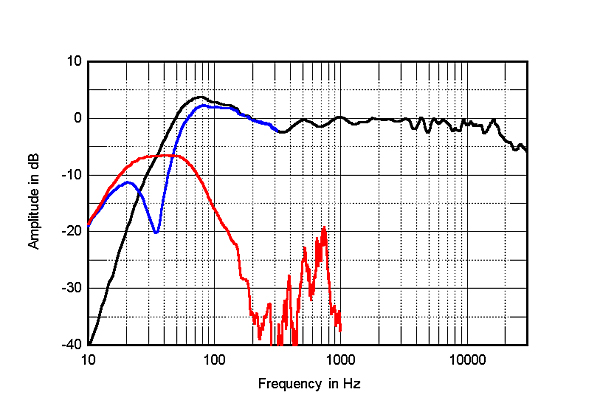As I read your description, it sounded like you were basically describing a Philharmonitor or Ascend Sierra RAAL Tower (5” mid and woofers plus a ribbon tweeter with extremely wide dispersion).
You can read here some measurements and specs on the RAAL tweeter version of the towers:
http://www.ascendacoustics.com/pages/products/speakers/SRT/Ascend Sierra Ribbon Tower.pdf
I have the Ascend Sierra Towers with RAAL, and I can attest that (aside from sounding incredible in general), it sounds virtually omnidirectional — the sound signature is almost exactly the same no matter where you listen, up to almost 90 degrees off-axis.
I also would be curious to see studies that investigate subjective preferences in this regard (extremely wide dispersion overall). It does seem the research here is lacking data. When comparing two speakers side by side, this is also a difference that is
extremely obvious — yet it seems rarely talked about in measurements, or at least not given much priority.
In fact, on this topic, what Aarons915 above is referring to is actually a case where he got into a fight with Dave Fabrikant (engineer and owner of Ascend) on AVSForum, where he was continuously accusing Dave of making inferior speakers and trying to teach Dave speaker design, and Dave posted many extensive responses explaining the Ascend speaker measurements in great depth. The thread did not go very well (or at least was not very productive from the perspective of most observers), since no consensus was reached between Aaron and Dave.
Ultimately, I think it comes down to these sorts of strange biases while interpreting spin graphs. For example:
1. Notice how when a Revel speaker has a small measurement flaw, Dr. Toole has a quote somewhere explaining why it’s not a big deal (because someone asked him), which is accepted as gospel.
2. Yet when a non-Revel speaker has a similarly small idiosyncrasy, people will use this as proof that it’s a deeply flawed speaker, and if the speaker designer explains why it’s not a big deal (because someone asked), some people (like Aarons915 in his argument with Dave Fabrikant) will try to stubbornly reject their explanation at all costs.
I say we should try to remain objective, and treat all speakers the same by the same objective metric. For all the talk of spinoramas as objective measurement of a speaker’s performance, there’s a huge gaping hole in the objectivity that remains: interpreting which of two spin plots corresponds to the better speaker appears to be rather subjective!
So here’s a question that I’ve not seen answered well: What is an objective, mathematical way of judging which of two Spinorama measurements correspond for the “better” speaker? By “mathematical”, I mean something where you could literally plug two spin charts into a computer program, and it would deterministically be able to tell you which one measures better.
All I’ve ever seen is vague things like “well the spinorama should look kinda like this <inserts link to a Revel speaker‘s measurements>”. These sort of circular definitions of ideal speaker measurement (that axiomatically declare Revel speakers as literally “perfection by definition”), are not only obviously biased, but deeply unscientific and subjective.


